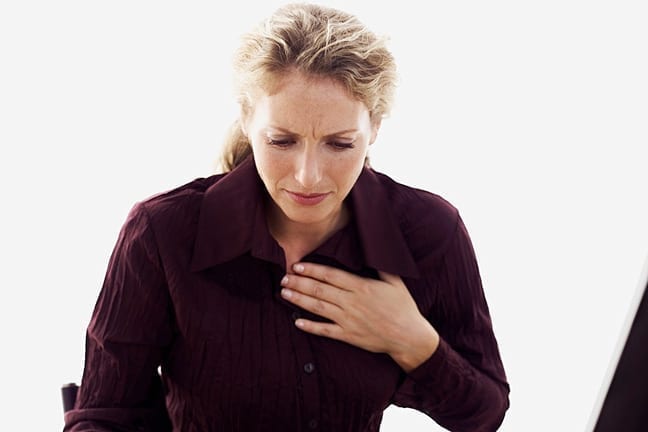Vascular disease leading to heart attacks and strokes is the number one killer of women in the U.S. and Canada—one in two women will die of heart disease or stroke, compared with one in 25 women who will die of breast cancer.Yet heart problems are still widely regarded as a male problem, but we differ—for example, 42 percent of women who have heart attacks die within one year, compared to 24 percent of men. By the way, you may think osteoporosis is a female disease but that’s the same problem as thinking heart disease is a male disease. Osteoporosis is also a disease of both men and women and more men than women die after a hip fracture.This stereotype is most worrisome when it counts most: before a heart attack. Women are largely under-treated when it comes to preventive heart and vascular care. In a recent study, a full 70 percent of people who experienced a heart attack did not receive prior treatment for heart disease. A majority of those overlooked? Women younger than 66 years.MORE: Four Healthy Heart RecipesOther research reveals: Women under 55 also have it worse than men during and following a heart attack. A study out of British Columbia showed that when a heart attack struck, women experienced more severe chest pains and more pain in spots like the shoulder, left arm, throat and neck.Women have a keen ability to spot discomfort that their loved ones experience, but it’s important to recognize warning signs for yourself.The following symptoms may not be alarming in your day-to-day, but in some cases could signal an aortic valve problem, which may lead to heart disease or heart attack:1) Feeling tired or weak. If you work yourself into the ground during the week, feeling exhausted may not come as a surprise. Take note when you’re still feeling this way on a rested day.2) Being short of breath. Making a big speech or seeing your child climbing on top of a cupboard can make you gasp for a full breath. But if you don’t have asthma or anxiety, and your chest is tight, make a trip to the doctor.3) Getting light-headed. Feeling faint after a light lunch? Keep healthy snacks on hand and see if you’re still having dizzy spells. And if they’re reoccurring, see your doc.4) Having palpitations. When your heart’s racing at night do you blame all that (good-for-you) coffee you downed during the day? If you aren’t big on caffeine and your heart’s beating hard while you’re lying down, take it up with your doc.VIDEO: 4 Must-Know Heart Attack Warning SignsStop procrastinating. Too many women put off checking these symptoms because they simply “don’t have the time.” Just think of all the appointments you’d have down the line if you don’t figure out the source of these symptoms. Putting yourself first will help you get the care you need sooner, and turn the problem around if there is one.If you have experienced a heart attack, you must (we repeat, must) put yourself first. Women in the Canadian study experienced poorer quality of life, recurring chest pain and more physical limitations during their recovery, than men.MORE: Fresh Fruits and Raw Vegetables Lower Heart Disease RiskWhy? Since women often play caretaker to their family, they may not be as good at taking care of themselves when they need it most; the researchers found that women were less likely to do cardiac rehab than men!For your family, lead by example in taking care of yourself, with a healthy diet and exercise plan, along with regular checkups. You’ll be quicker on your feet, and can prevent scary heart problems from arising in the first place.Read on for your complete guide to how heart disease can be turned right around with lifestyle changes from diet to exercise and stress management.MORE: How To Reverse Heart Disease
© YouBeauty 2024




































